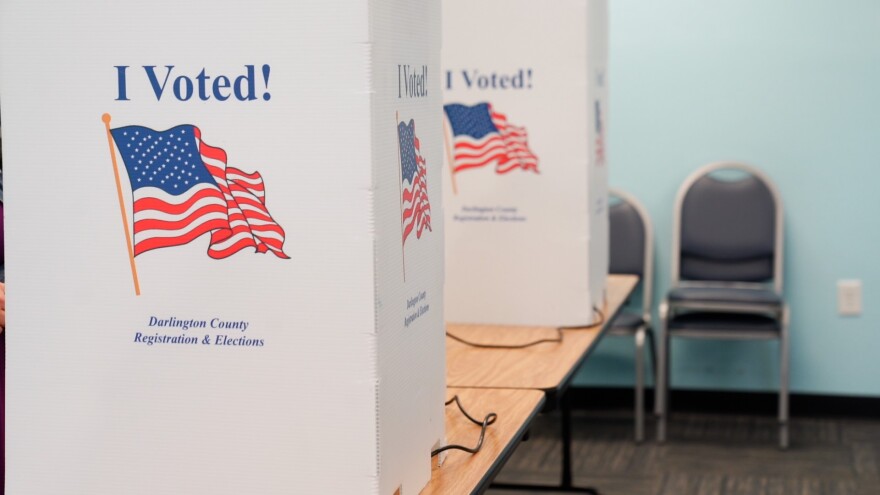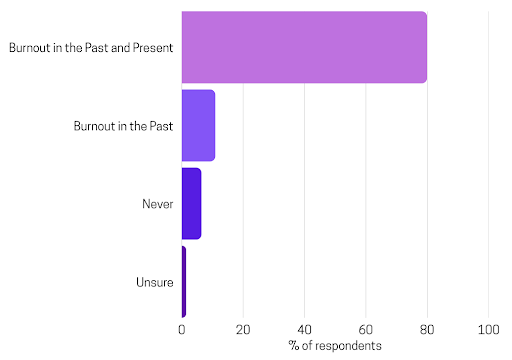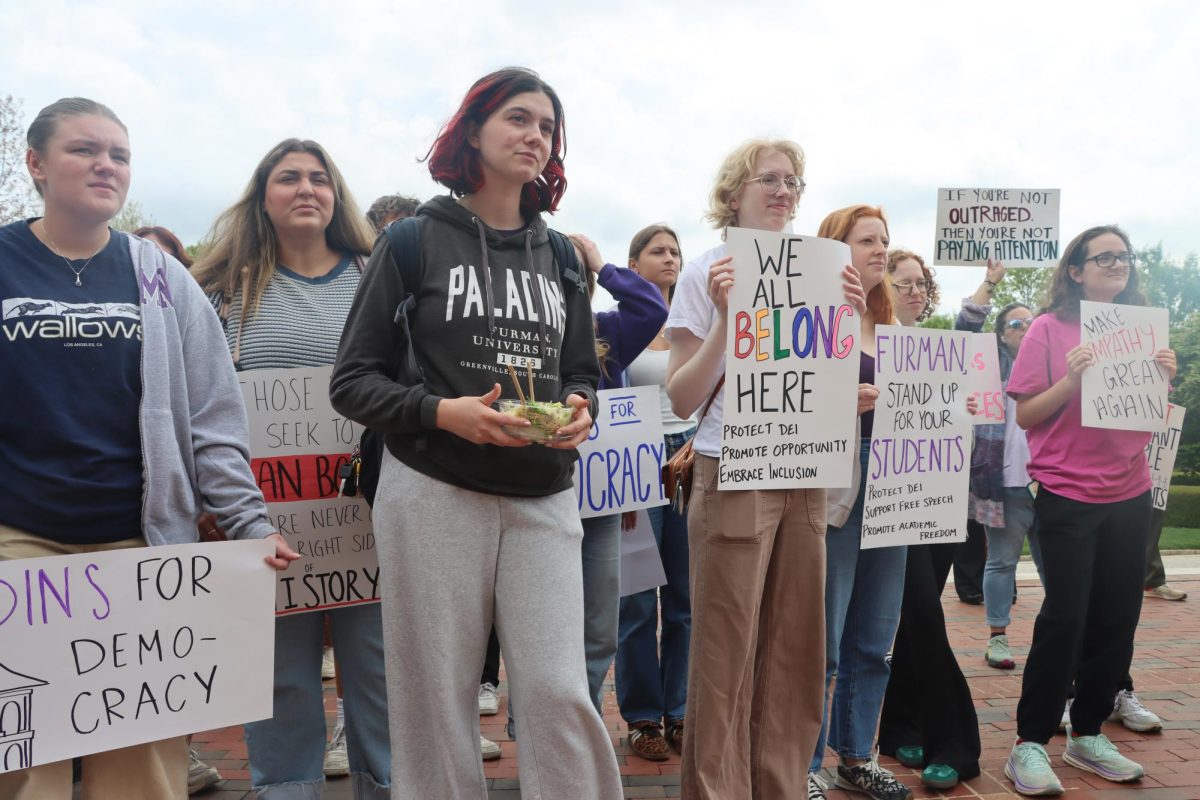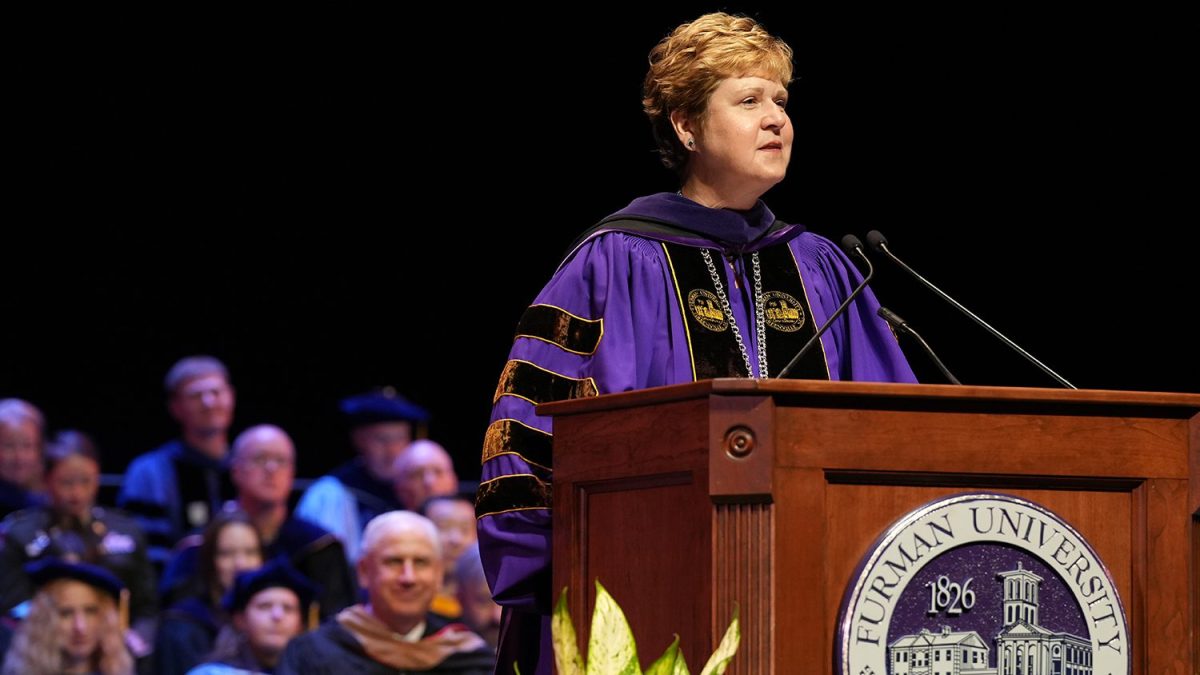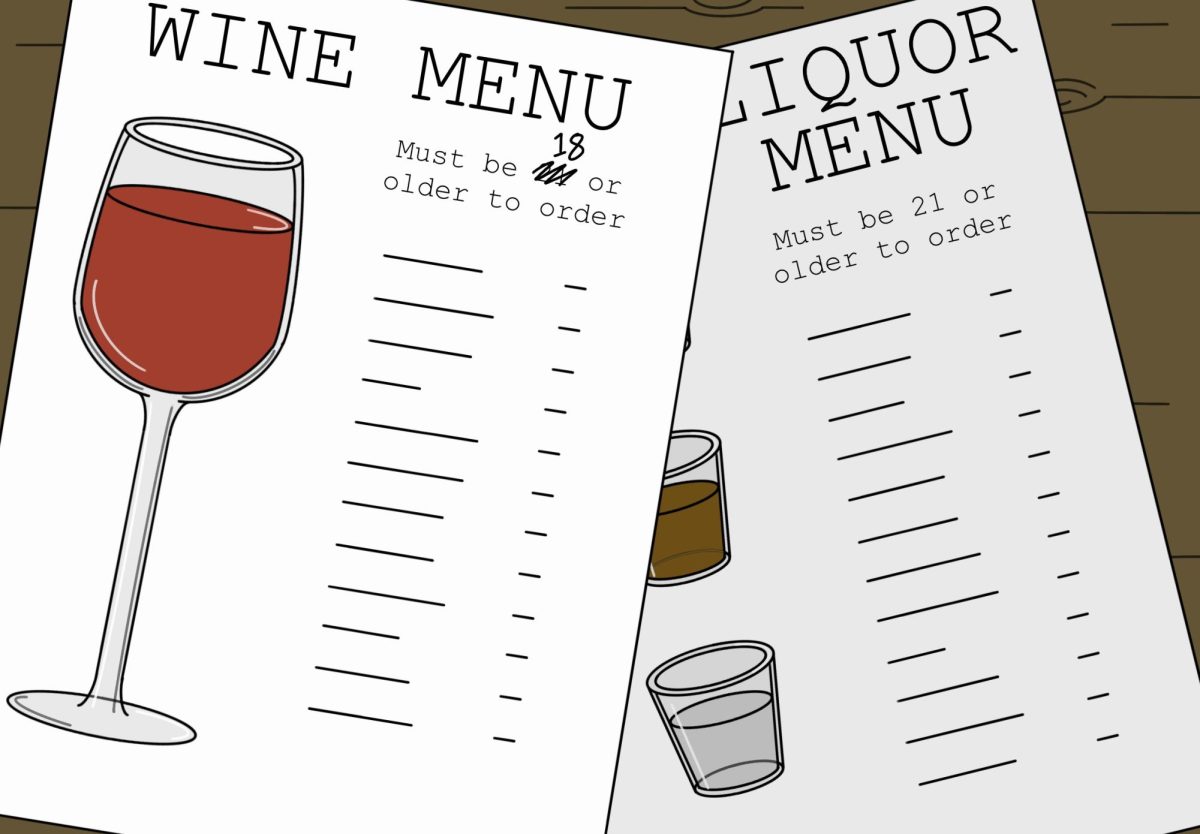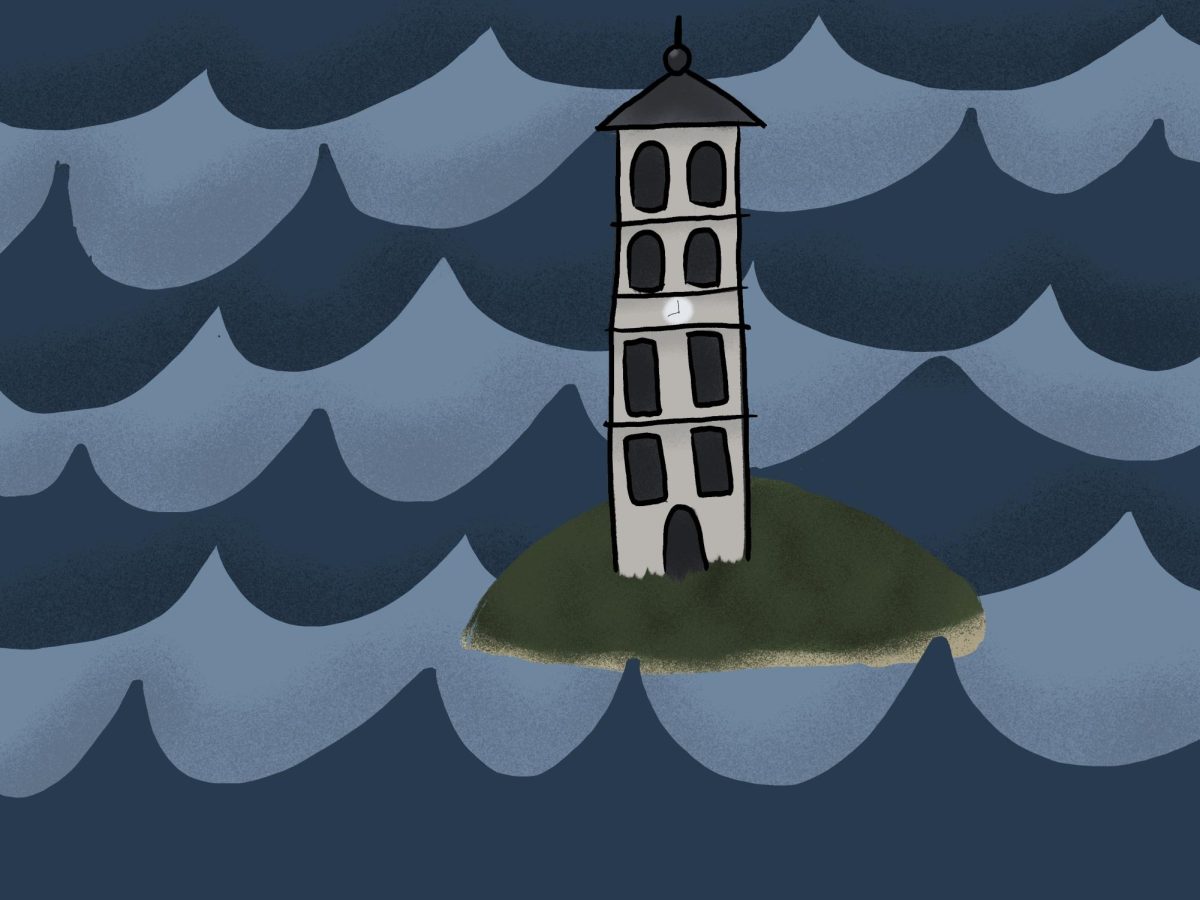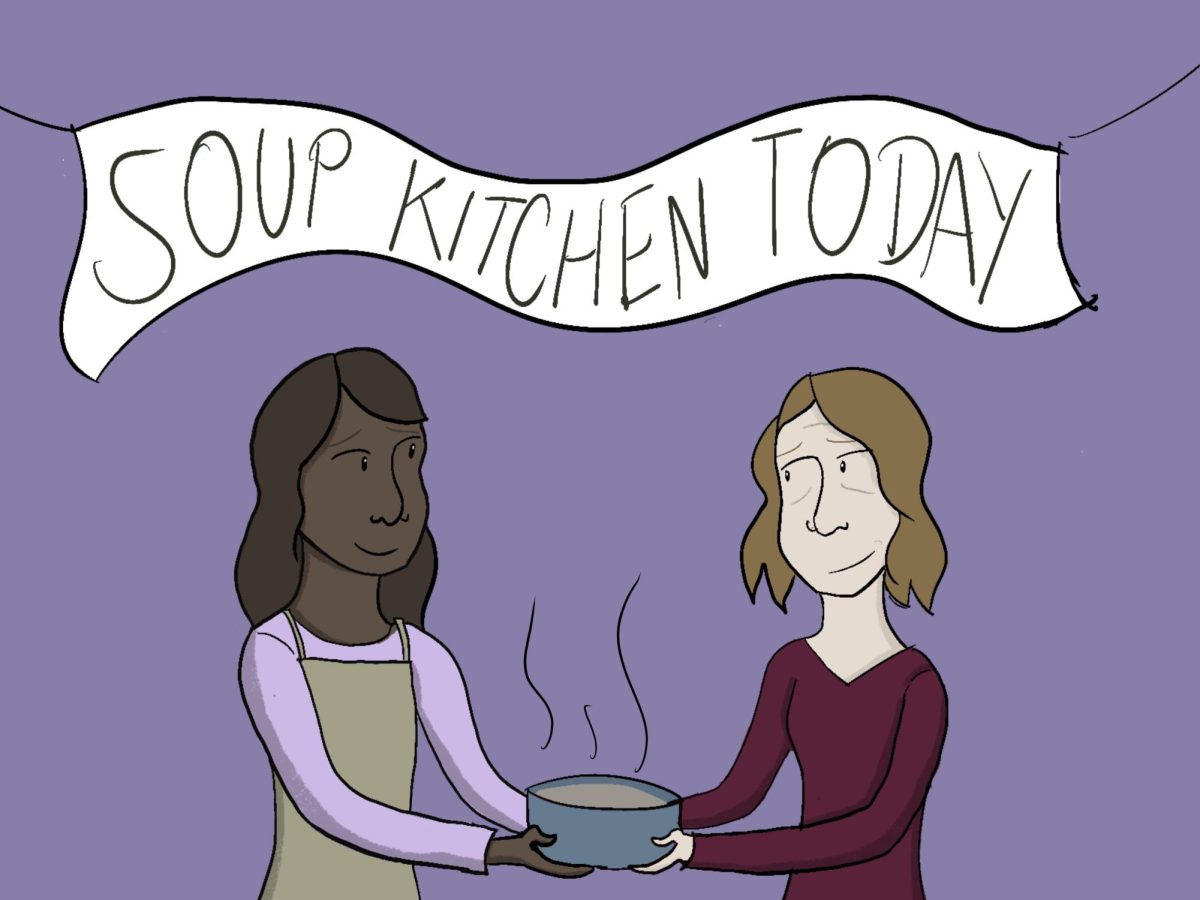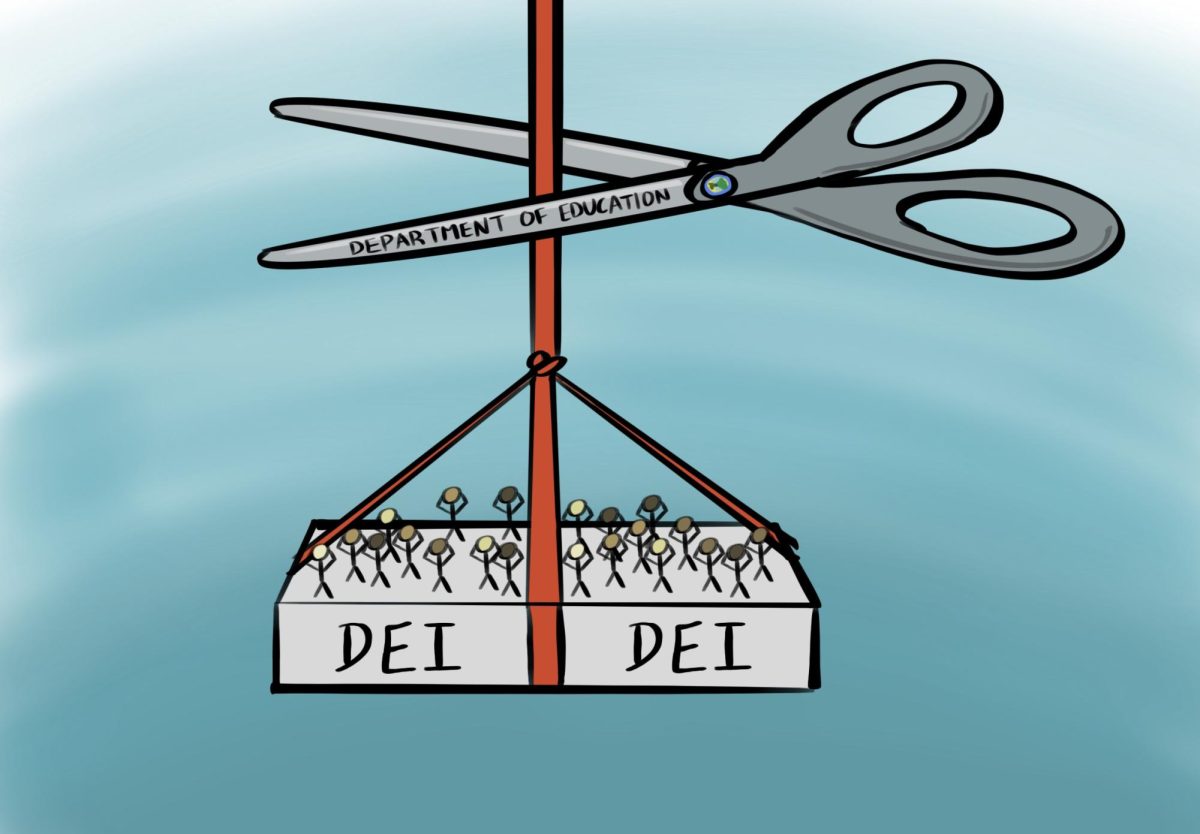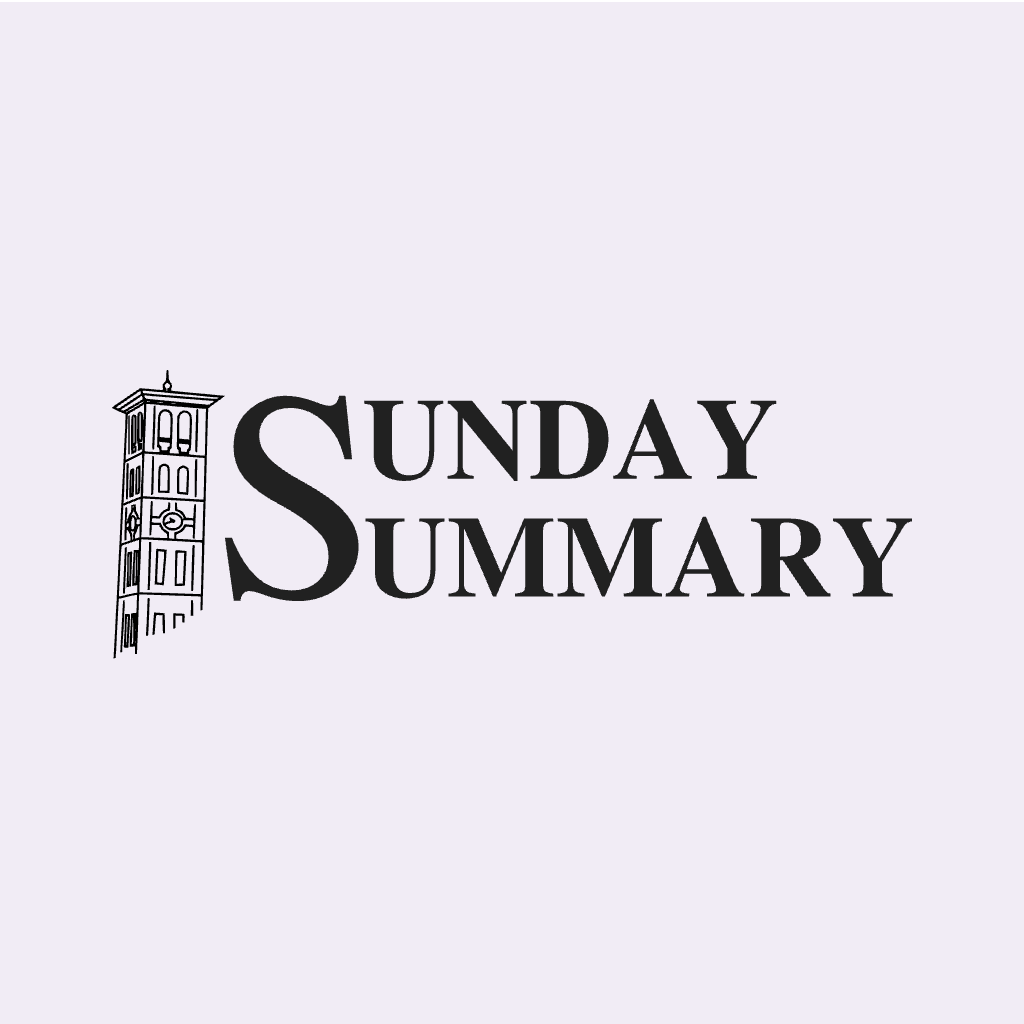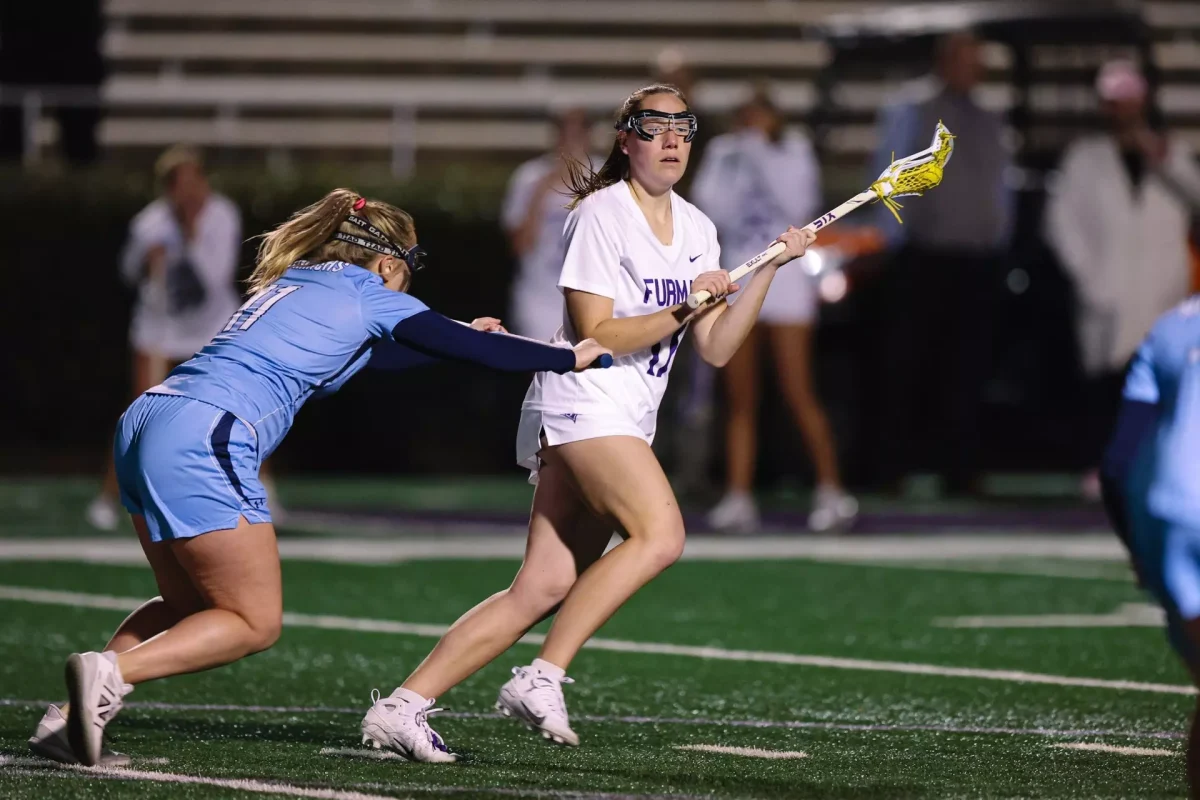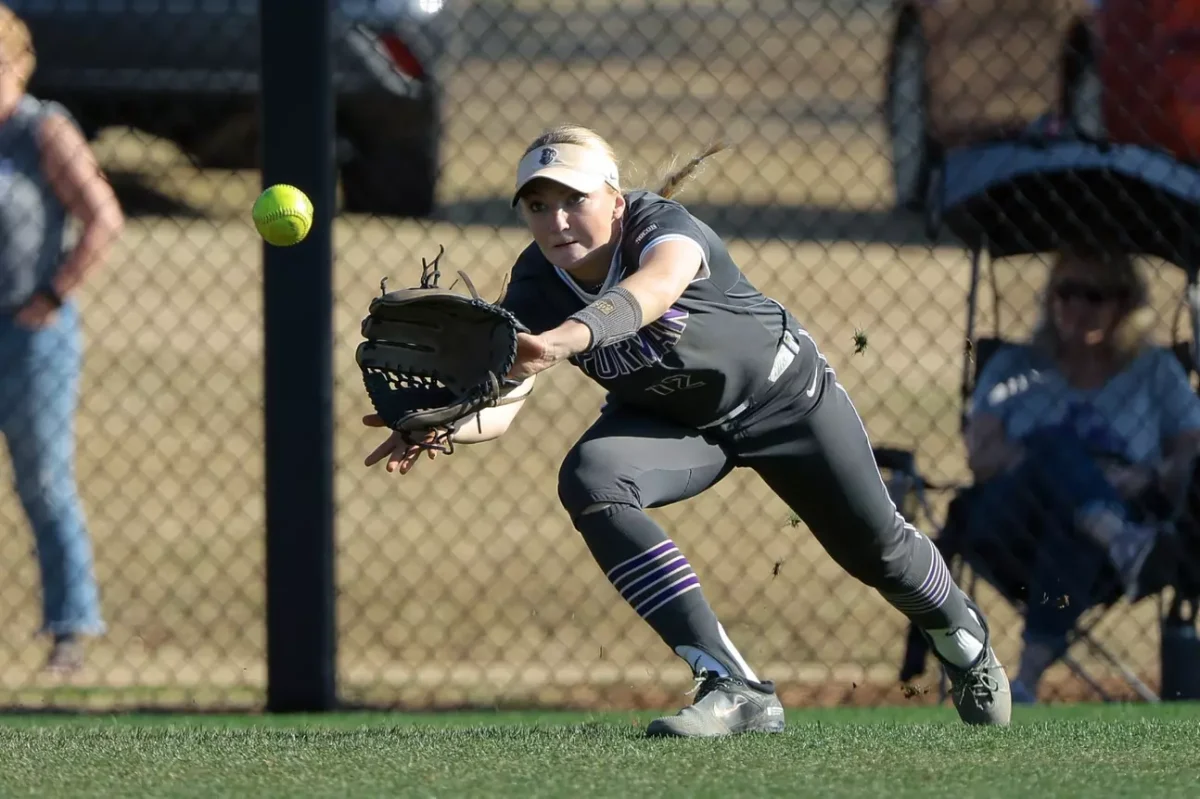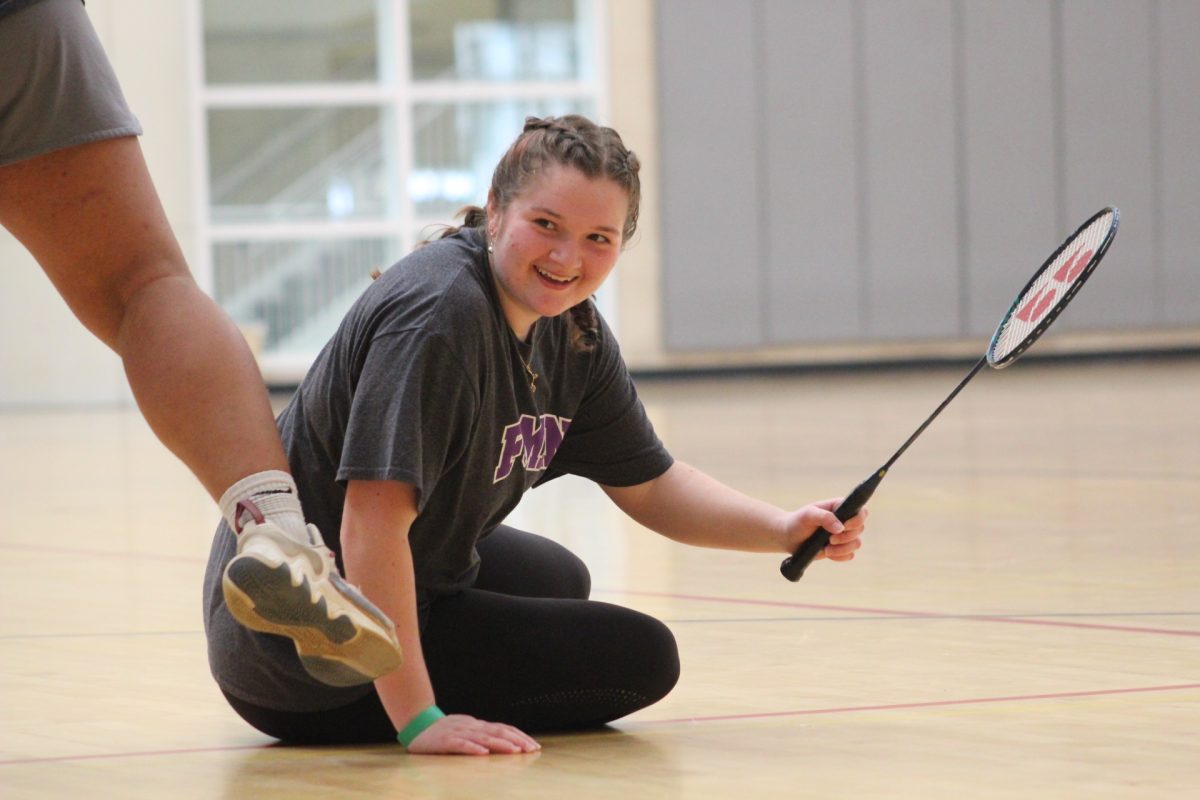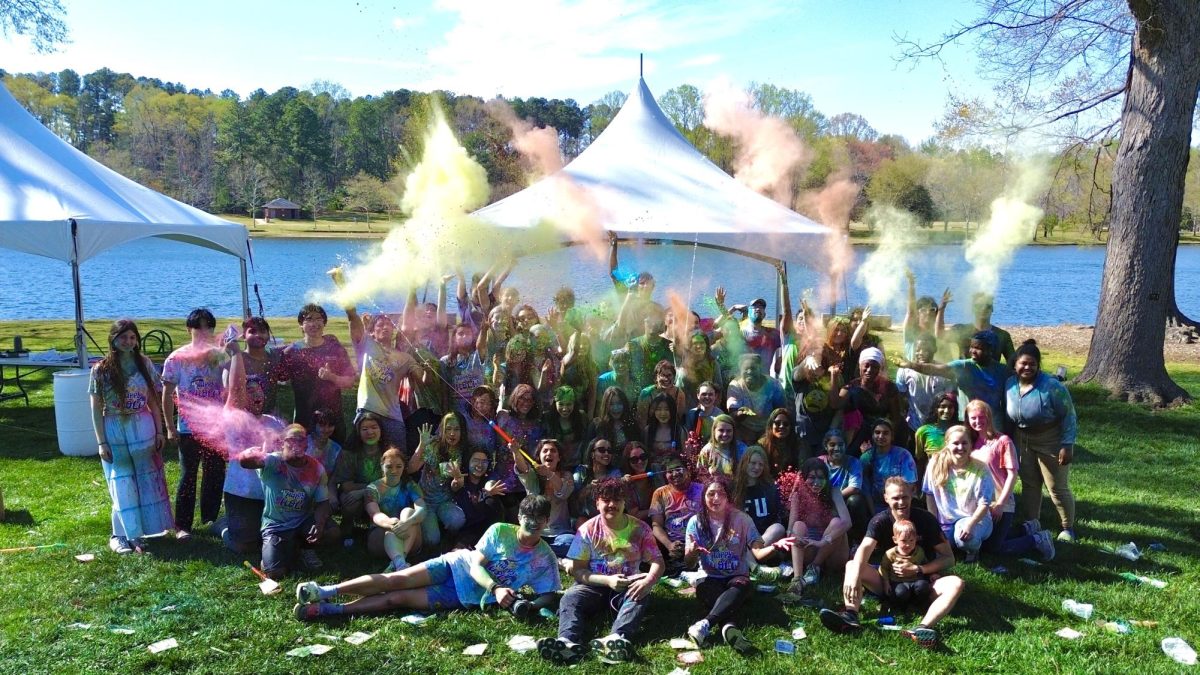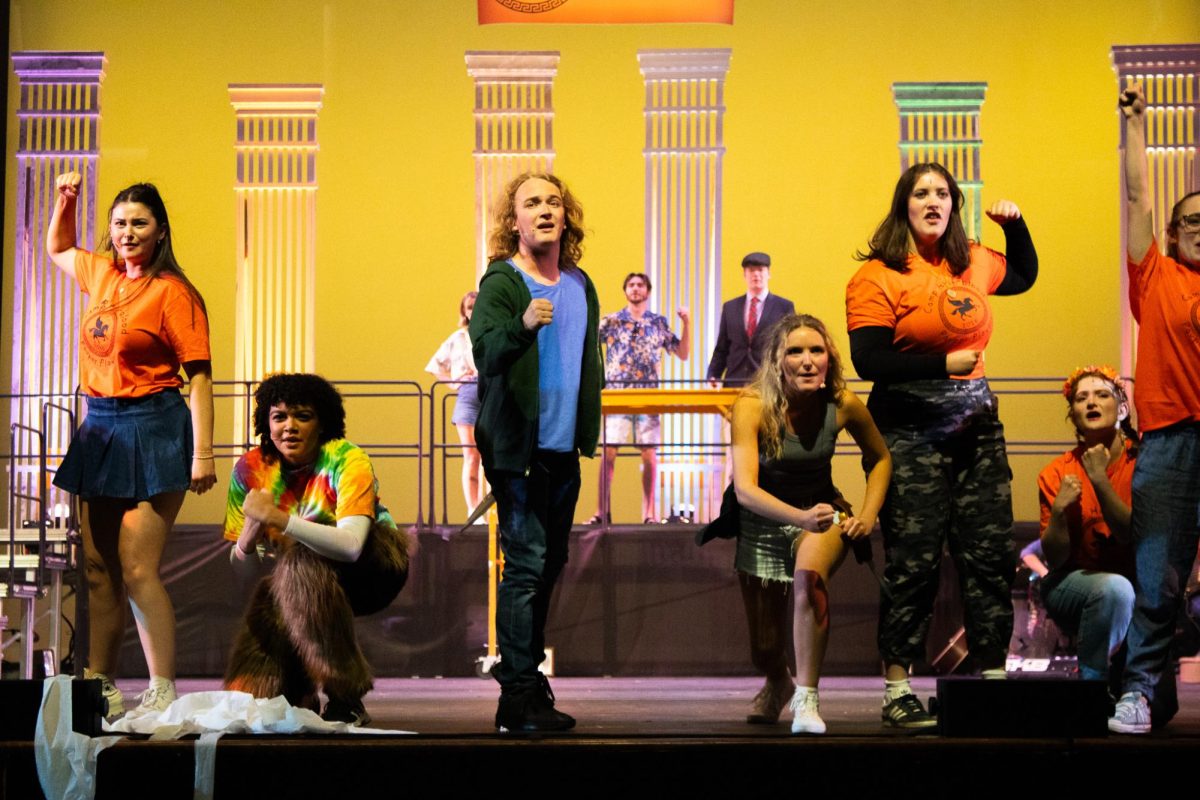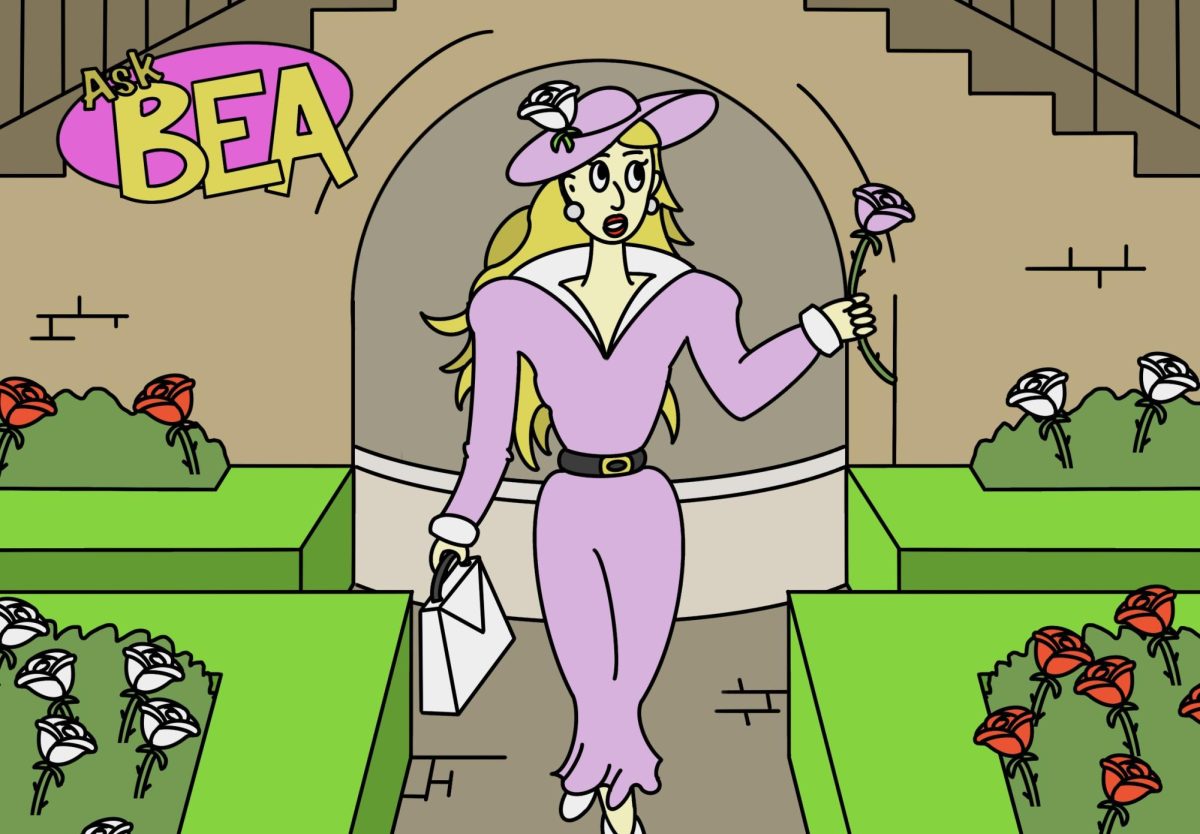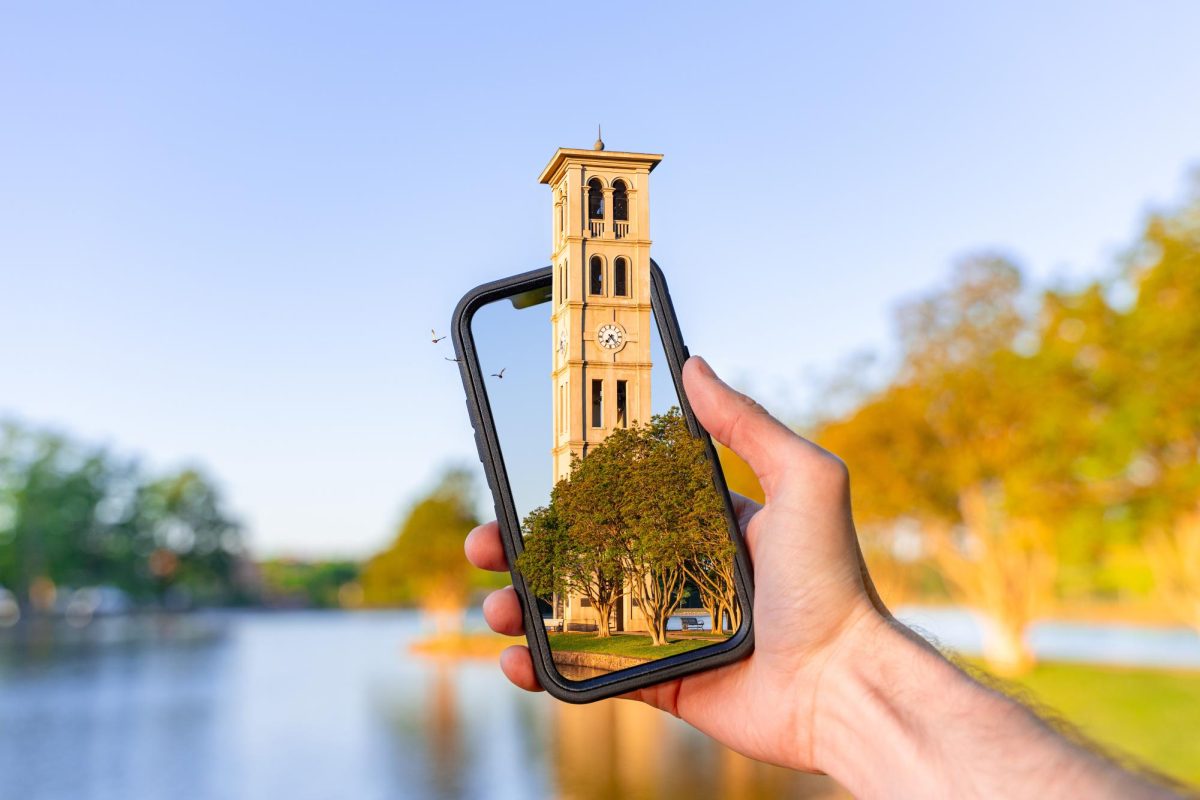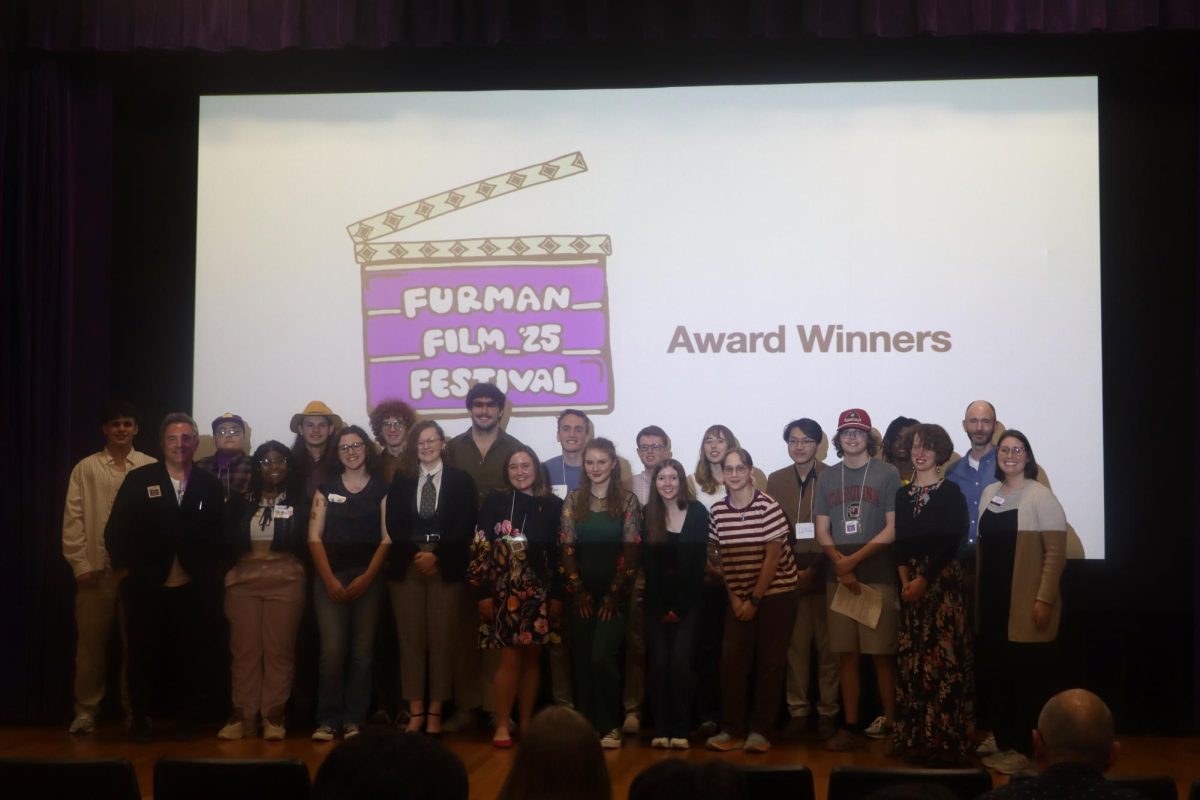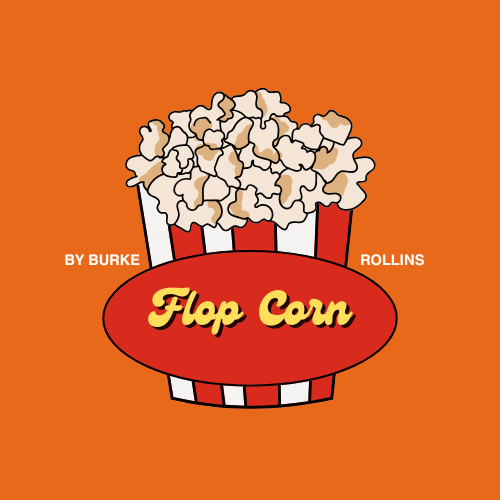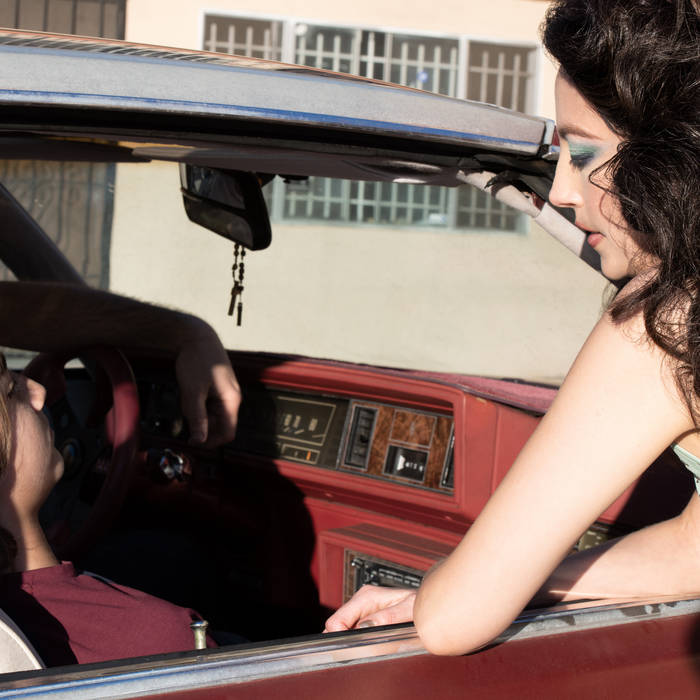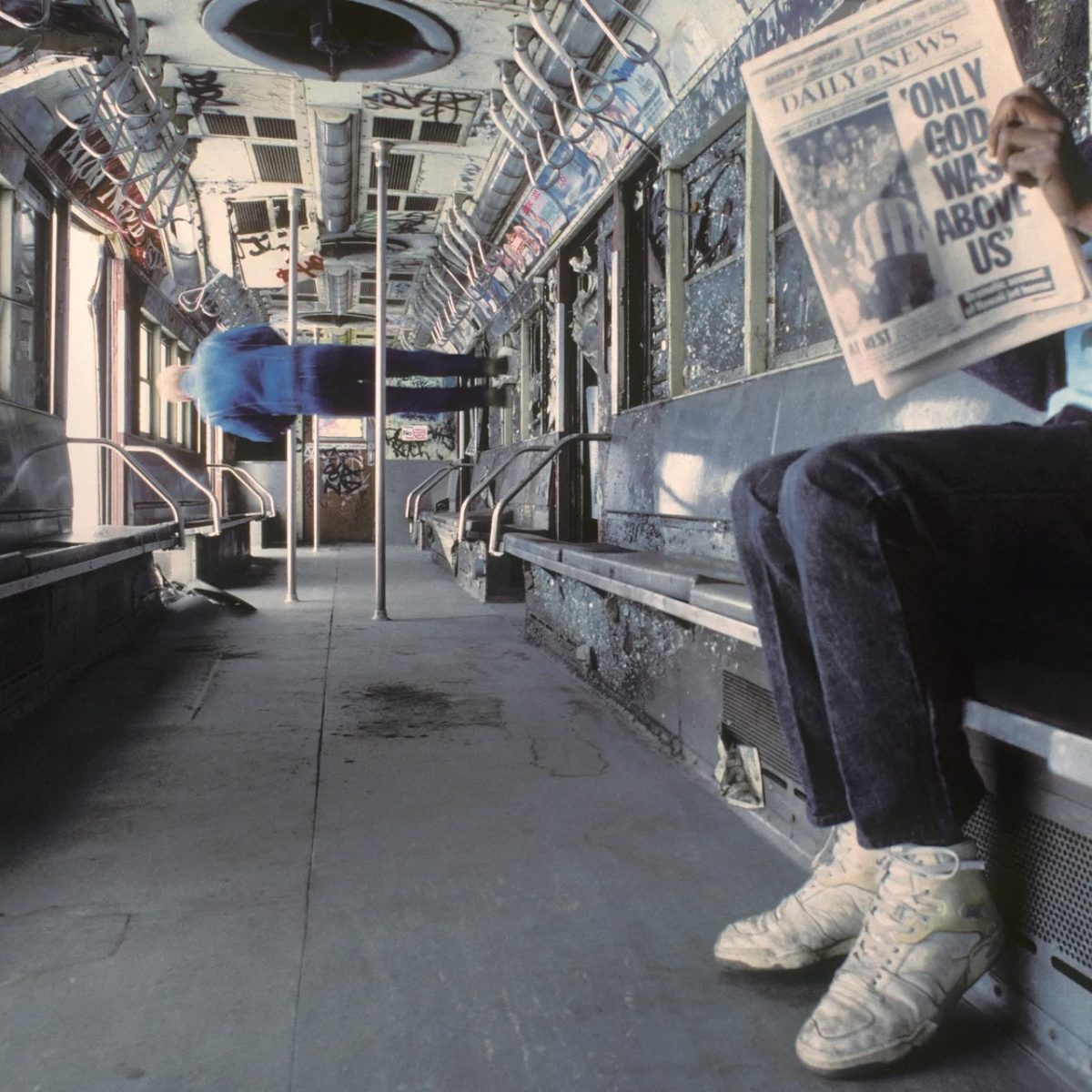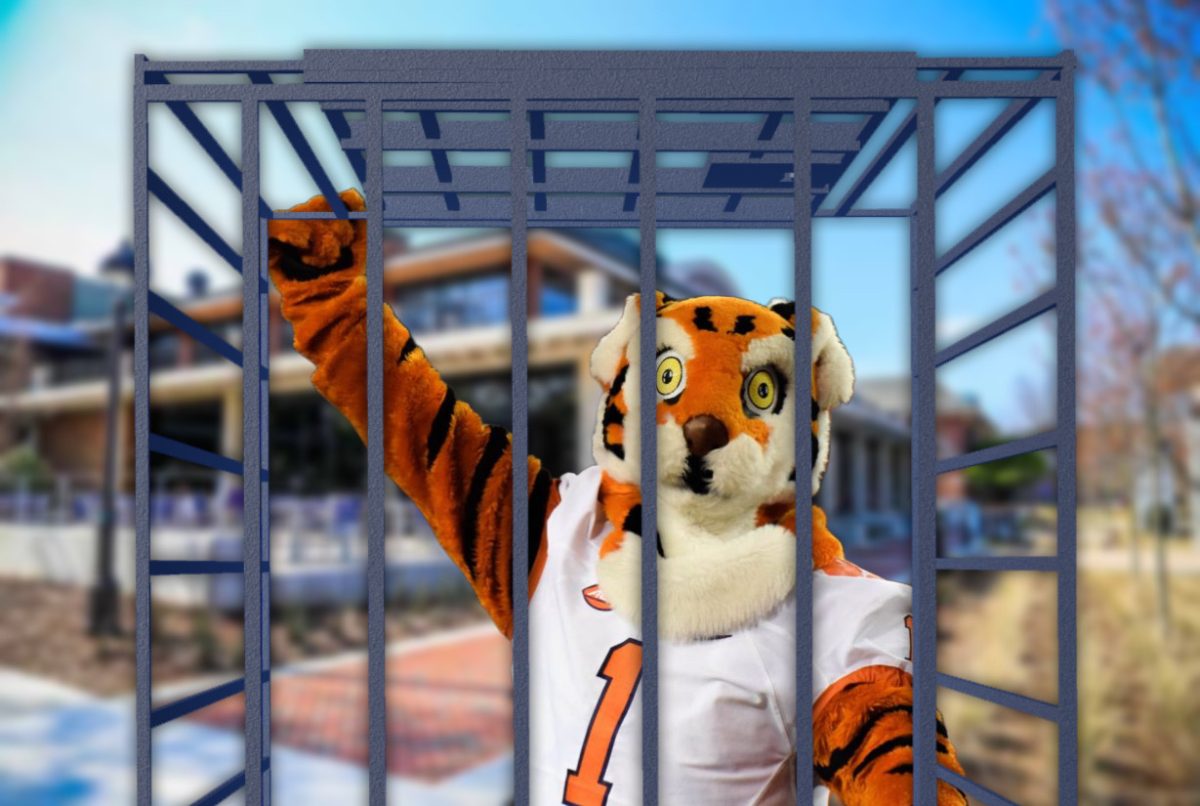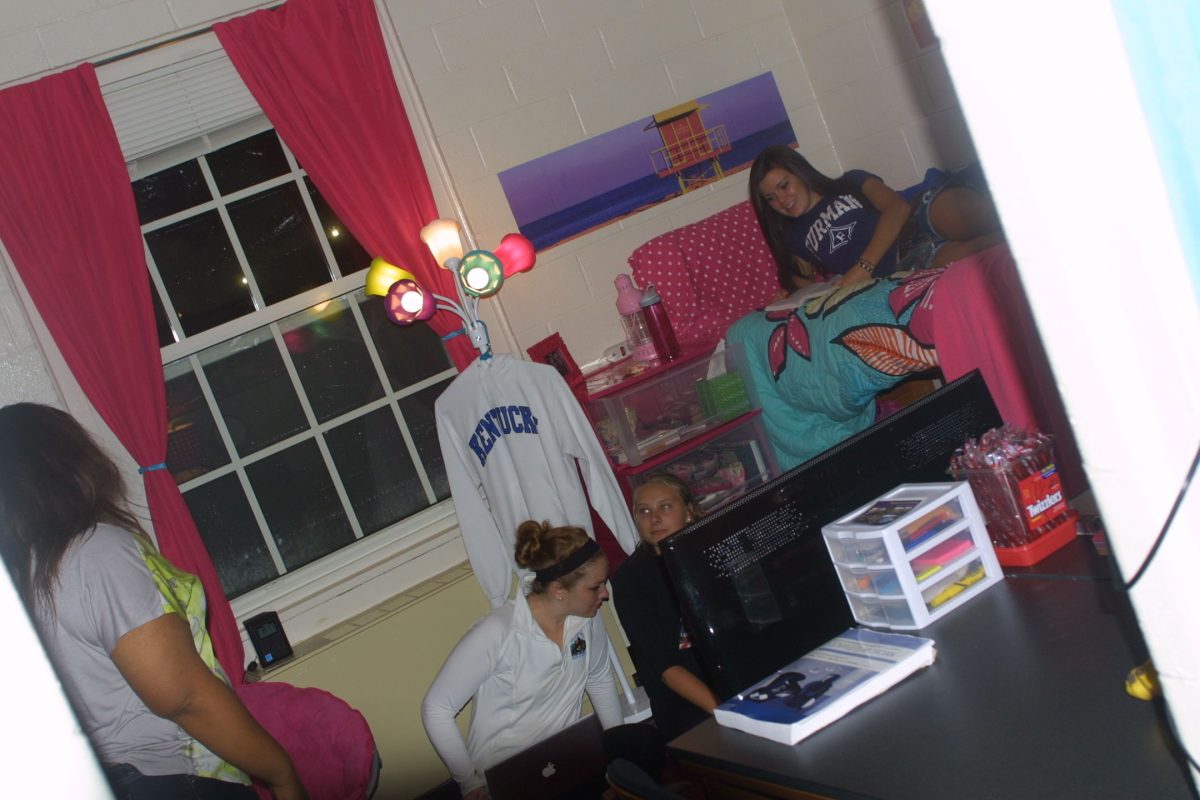Furman University has taken over day to day operations of the Upcountry History Museum after finalizing an agreement with the museum on Feb. 1. The museum board will maintain ownership of the building and current exhibits.
The university is now responsible for employing museum personnel and has begun the search for a new director of the museum.
Ken Johnson, interim director of the museum since July 2011, said he expects the museum’s new director will be a tenure-track professor from Furman.
Several members of Furman’s Board of Trustees serve on the museum’s 28-member Board of Directors. Johnson said a permanent space on the board for a Furman representative might be created.
The Upcountry History Museum opened in 2007 at a location in downtown Greenville next to the Greenville County Main Library. According to the organization’s website, the museum’s mission is “to promote, present and preserve the history of Upcountry South Carolina through education, research and service.”
Johnson said the museum is in favor of the managerial shift.
“It gives us resources that we could probably only dream of, a rich array of talent,” he said.
Johnson expects the merger of the two institutions will result in Reilly Institute events, Osher Lifelong Learning Institute (OLLI) classes, civil rights seminars and even tailgate parities at the museum.
“The opportunities are limitless,” he said.
The past year and a half has been filled with negotiations addressing what Johnson called “a few key anchor issues.” These range from shifting employee healthcare benefits between systems to adding the Furman University name to the museum’s letterhead.
With Furman’s involvement, the museum will no longer focus solely on the 15 counties of upstate South Carolina. Johnson said that Furman will have the freedom to interpret some of the museum’s offerings.
Furman History professor Courtney Tollison, who serves as the museum’s historian, said, for example, that an Asian Studies professor might develop an exhibit describing Chinese textile processes.
Tollison is part of a push to get faculty at Furman involved at the museum.
“We encourage all faculty to think creatively about putting on public programs or developing changing exhibits,” she said.
Tollison said that a faculty committee has been proposed to advise professors wishing to develop museum exhibits.
Johnson said Furman will use the museum’s outside funding sources to pay for employee salaries and most other costs.
The museum has been solvent for the past several years and will not bring a financial deficit with it. The 45,000 square foot building was paid off Jan. 31.
This agreement formalizes a long-standing partnership between Furman and the museum. Before the museum opened in 2007, History professor Steve O’Neill and his students assisted with research and exhibit planning.
Tollison was hired as the museum’s historian in 2006. She oversees the museum’s research agenda, internships, and oral history program.
Tollison said she attributes the agreement to Furman President Rodney Smolla’s eagerness to expand the relationship between the university and museum. She said the move is “a significant enhancement of a collaboration that’s already been in place for close to ten years.”
Furman’s has connections to the museum’s site, Heritage Green, which predate the museum. The land was formerly the home of the Greenville Women’s College, which merged with Furman College when it moved from downtown to the university’s current location in 1958.
“In a symbolic sense, it’s like Furman’s coming home,” Johnson said.

